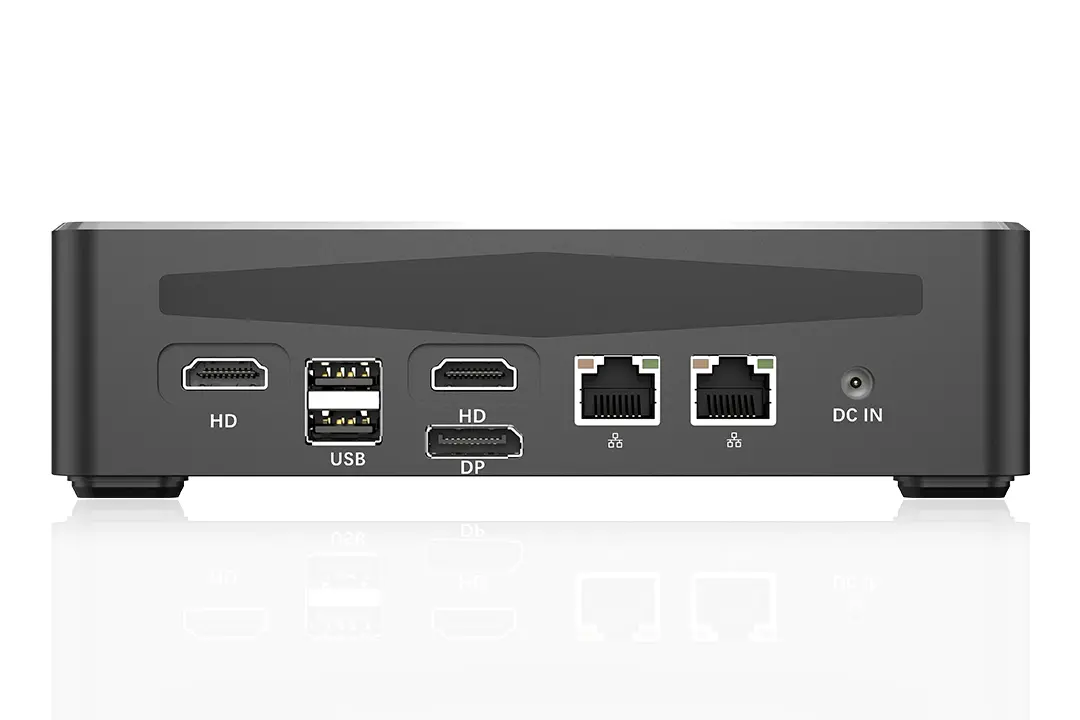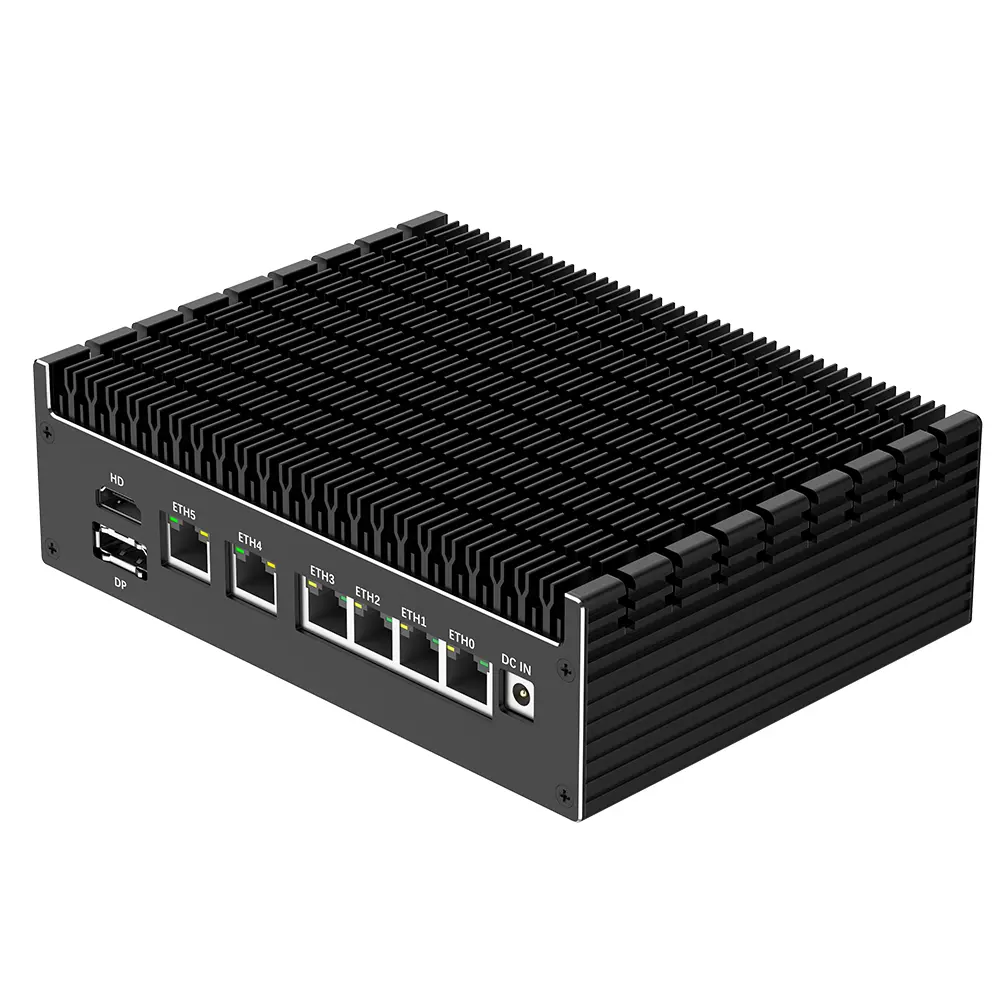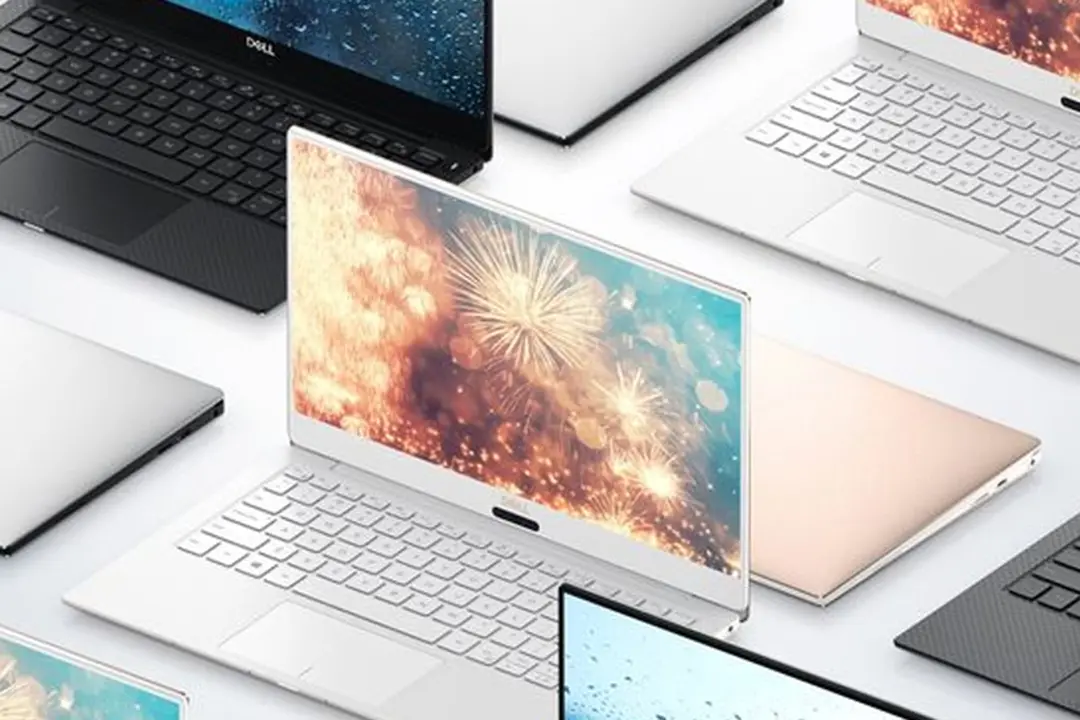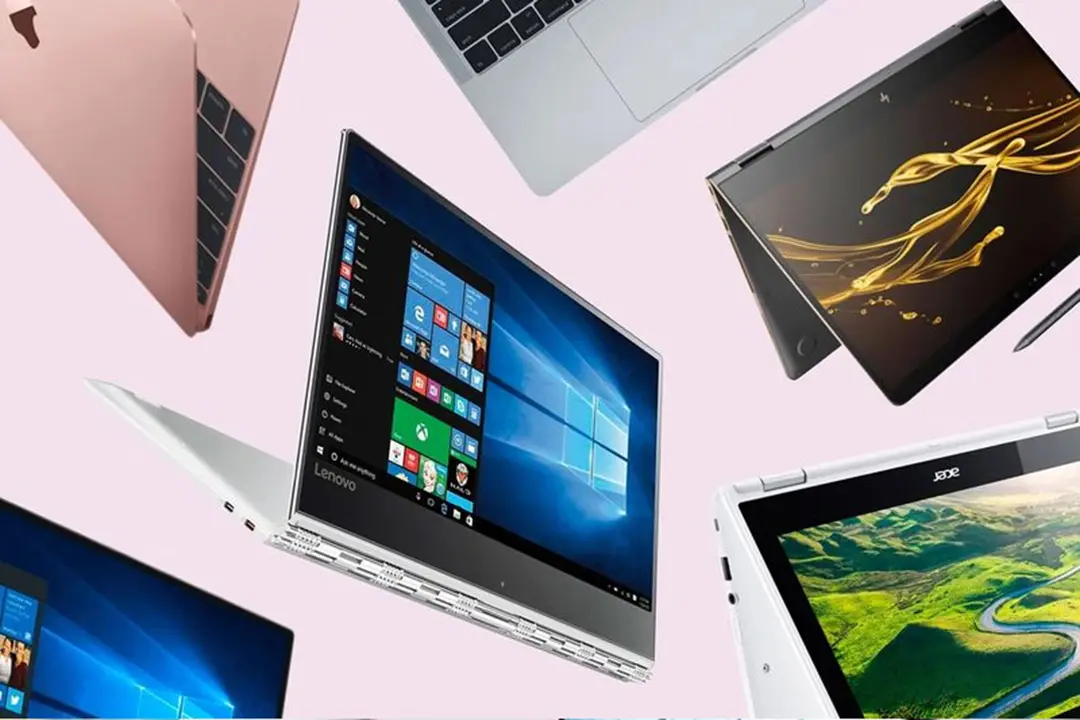Must-read for small and medium-sized wholesalers: How to choose high-quality Wholesale Laptop partners? Eight strategies and risk avoidance
1. Supply chain stability: the core competitiveness of partners
In the field of Wholesale Laptop, the stability of the supply chain directly determines the delivery capability and market competitiveness of wholesalers. When choosing partners, you need to pay attention to their production cycle, inventory management and logistics efficiency. For example, leading OEM manufacturers usually have intelligent production scheduling systems that can switch product lines within 48 hours to cope with sudden order demands. In addition, regional layout (such as Southeast Asian or Mexican factories) can reduce geopolitical risks and shorten the transportation cycle to within 7 days, which is particularly important for mini host wholesale that relies on timeliness.
Risk avoidance point: Avoid choosing partners who are overly dependent on a single regional supply chain, and give priority to their alternative plans for dealing with emergencies, such as multi-factory collaboration or flexible production capacity design.
2. Product line diversity: meet the needs of segmented markets
Small and medium-sized wholesalers need to choose partners with rich product lines according to the target market. For example, commercial laptops need to support high-color screens, multi-interface expansion, and pre-installed industry software; mini hosts need to take into account both portability (such as fanless design) and high performance (such as support for edge computing). At the same time, partners should provide modular design, allowing wholesalers to customize hardware configurations (such as memory, storage or cooling solutions) on demand to meet the needs of vertical fields such as education and medical care.
Risk avoidance points: Be wary of "all-round" manufacturers without core advantages, and give priority to partners with deep technical accumulation in specific fields (such as gaming notebooks or industrial computers).
3. After-sales service and technical support: the cornerstone of long-term cooperation
After-sales response speed and maintenance costs are the key to the hidden costs of wholesalers. High-quality partners need to provide the following support:
Rapid repair and spare parts supply: for example, fault diagnosis within 48 hours and global spare parts delivery within 15 days.
Remote management technology: such as remote maintenance, batch patch installation and asset inventory functions supported by Intel vPro platform, which can reduce operation and maintenance costs by more than 30%.
Training support: Provide product knowledge training to wholesalers regularly to help them better serve end customers.
Risk avoidance point: Avoid choosing manufacturers that do not have much time to accumulate, otherwise they may not be able to provide after-sales service.

4. Price transparency and cost control: the key to profit margins
The procurement cost of Wholesale Laptop needs to take into account the ex-factory price and hidden costs (such as tariffs, logistics). The following strategies are recommended:
Source direct supply model: Direct procurement through OEM manufacturers to reduce middlemen's markups (such as a notebook with an ex-factory price of 3,000 yuan, the retail price can be reduced by 25%)1.
Ladder pricing: Get discounts based on the purchase volume, for example, a single purchase of more than 1,000 units can enjoy a 5%-10% rebate.
Cost prediction tool: Use AI to analyze raw material price fluctuations (such as chips and memory) and lock in low-price procurement windows.
Risk avoidance point: Be wary of "low price traps". Some manufacturers may reduce costs by reducing accessory specifications (such as using non-original batteries), and strict inspection is required.
5. Certification and compliance: Avoid legal and quality risks
Partners need to have international certifications (such as ISO 9001, RoHS) to ensure that products meet environmental and safety standards. Key verification:
Use of environmentally friendly materials: In 2025, 60% of OEM manufacturers worldwide have adopted recycled plastics, and carbon emission intensity has dropped by 40%.
Data security certification: Commercial notebooks must support hardware-level protection such as TPM 2.0 encryption and fingerprint recognition.
Compliance customs declaration documents: Ensure that partners provide complete proof of origin and tax certificates to avoid the risk of customs detention.
Risk avoidance points: Some emerging manufacturers may lack certification and need to verify product quality through third-party testing reports (such as SGS).
6. Flexibility of cooperation model: Guarantee to adapt to market changes
Small and medium-sized wholesalers should choose manufacturers that support diversified cooperation models, such as:
Small batch trial orders: 50-100 units can be purchased for the first cooperation to test market feedback and reduce inventory pressure.
OEM (ODM): Allow wholesalers to customize LOGO and packaging to enhance brand premium capabilities.
Risk avoidance point: Avoid signing an exclusive agency agreement unless the partner can promise regional protection and market promotion support.
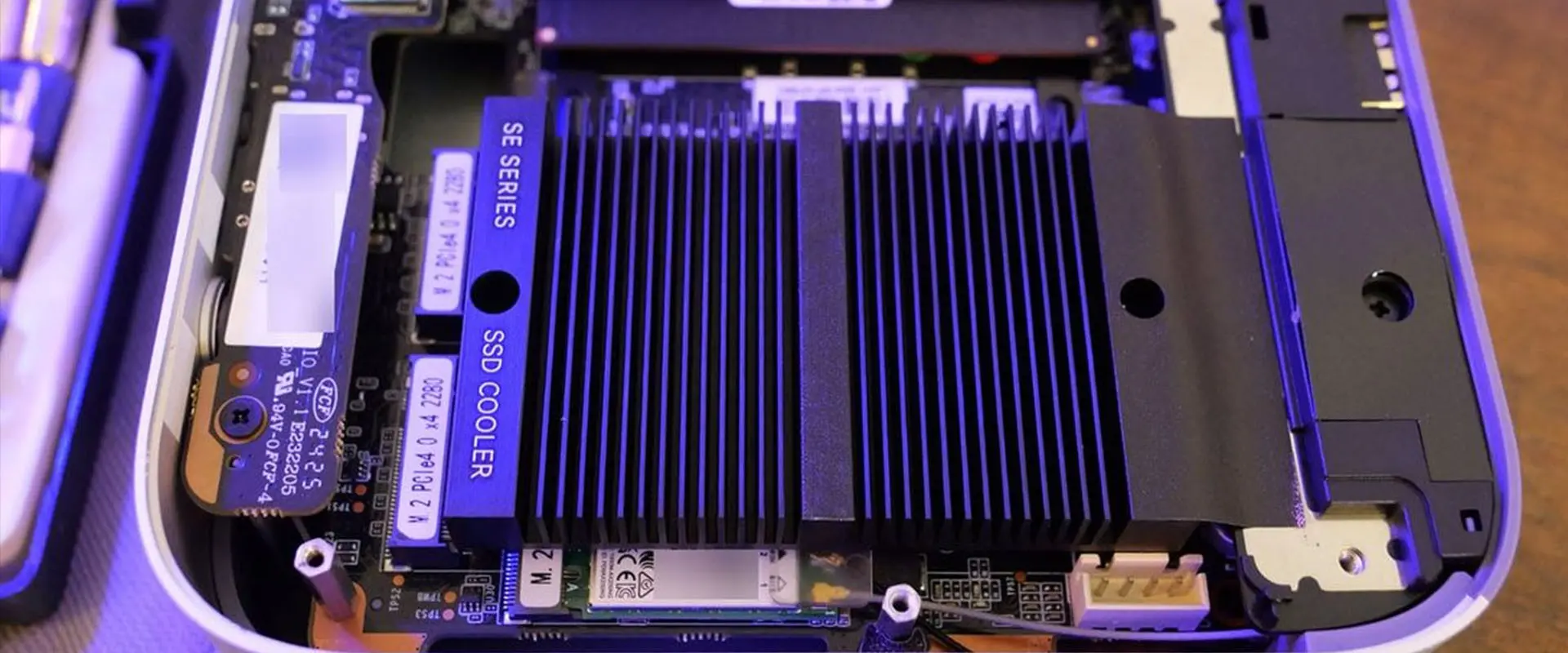
7. Market insight and trend response: core capabilities to seize the initiative
High-quality partners need to have industry foresight, for example:
Technology iteration support: timely provide products equipped with the latest processors (such as Intel Ultra series) or liquid cooling solutions.
Demand forecasting service: predict market trends through data analysis (such as Southeast Asia's demand for entry-level models below US$300 will increase by 50% in 2025).
Green supply chain: comply with EU carbon tariff requirements and provide carbon footprint reports.
Risk avoidance point: avoid cooperation with slow-reacting manufacturers, whose products may be unsalable due to backward technology.
8. Long-term strategic cooperation: building a win-win ecosystem
Establishing a stable relationship requires attention:
Joint marketing: partners provide advertising subsidies or jointly participate in industry exhibitions (such as CES) to enhance the exposure of both brands.
Data sharing: timely communication of inventory status and production cycle discussions to avoid out-of-stock.
Innovation collaboration: jointly develop customized products (such as dustproof keyboard notebooks) and differentiate competition.
Conclusion
In the field of Wholesale Laptop, choosing partners is not only supply chain management, but also the integration of strategic resources. Small and medium-sized wholesalers need to evaluate from multiple dimensions such as stability, cost, and compliance, and use digital tools (such as AI product selection) to improve decision-making efficiency. In the future, only by deeply binding with manufacturers who have both technological innovation and service awareness can we continue to make profits in the fierce market competition.

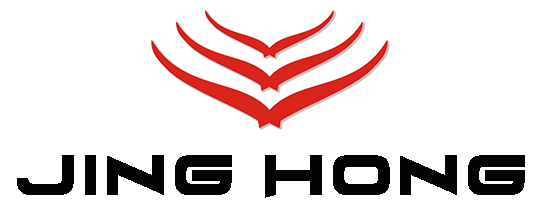
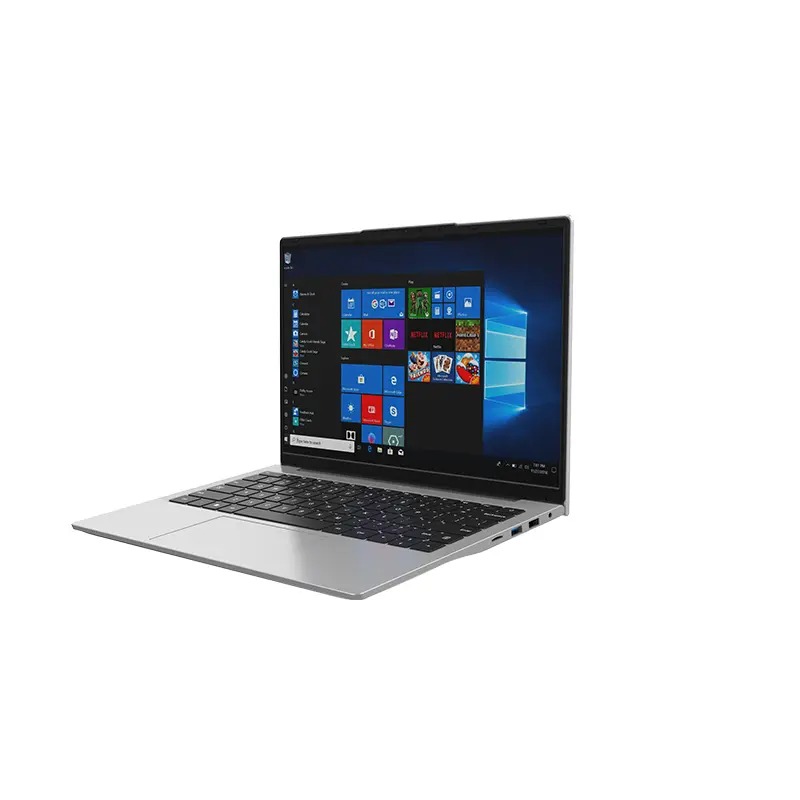 14 Inch Office Notebook
14 Inch Office Notebook Dual Screen Laptop
Dual Screen Laptop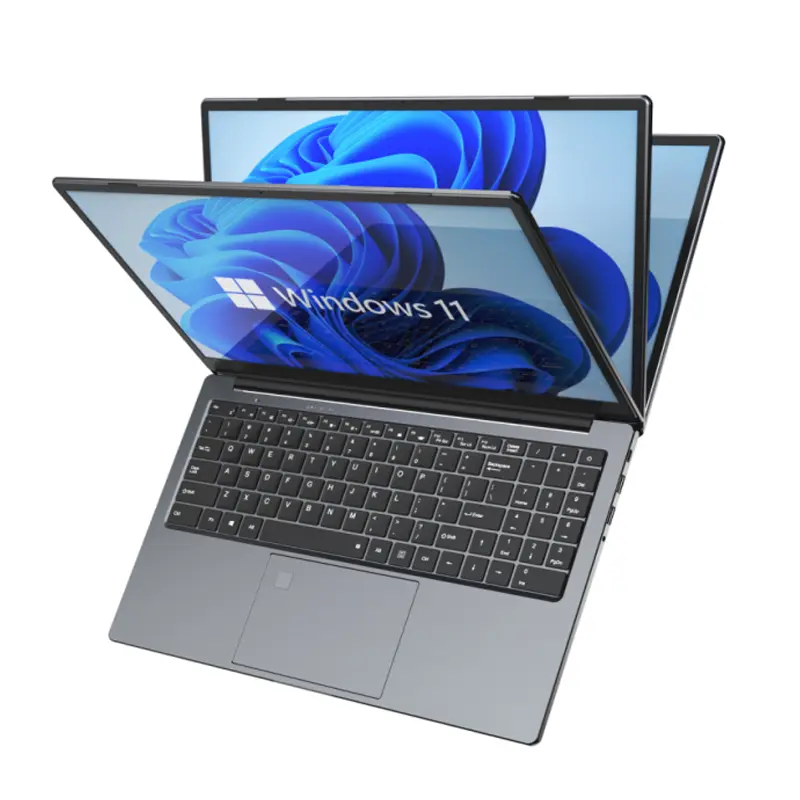 Fingerprint Business Notebook
Fingerprint Business Notebook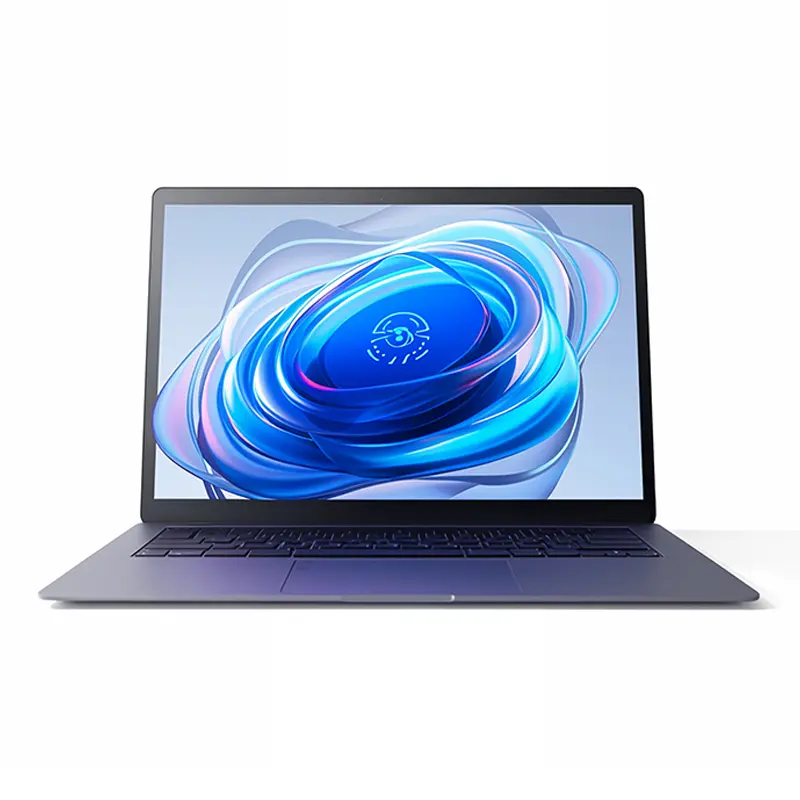 Big Screen Laptop
Big Screen Laptop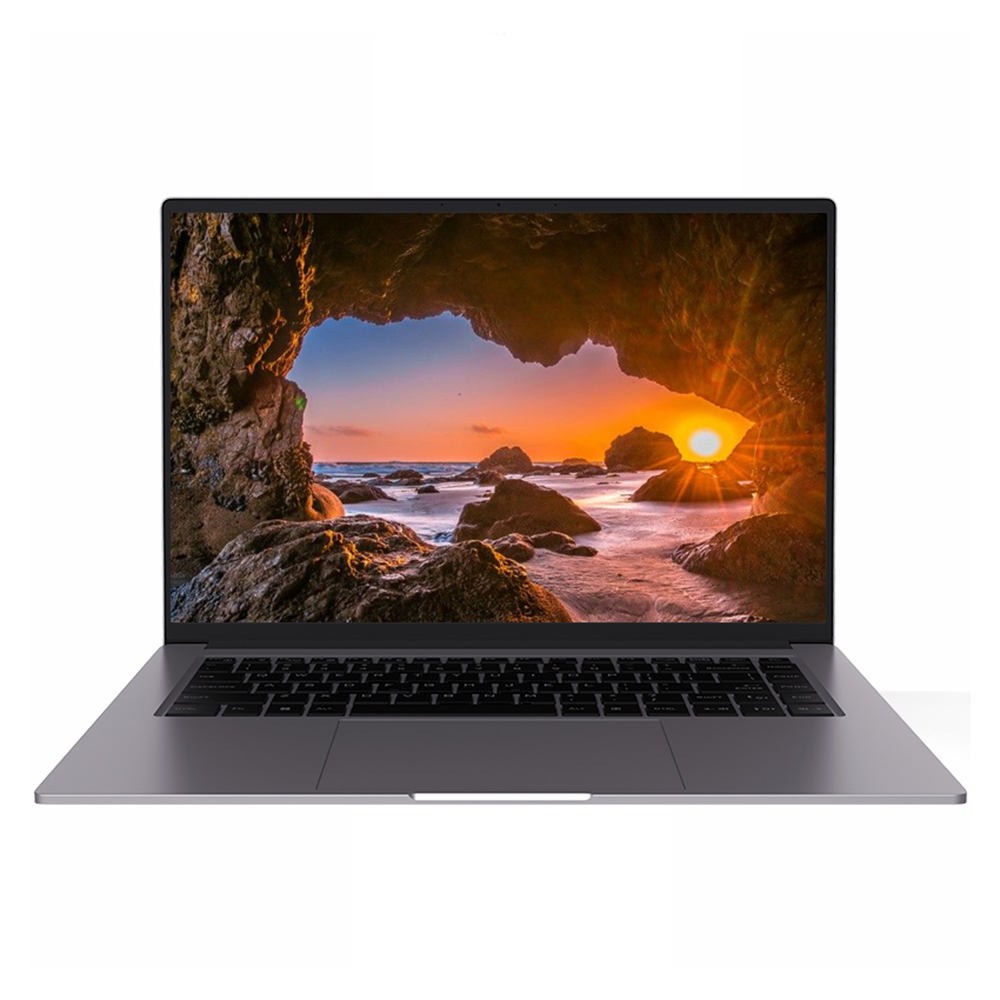 HD Gaming Laptop
HD Gaming Laptop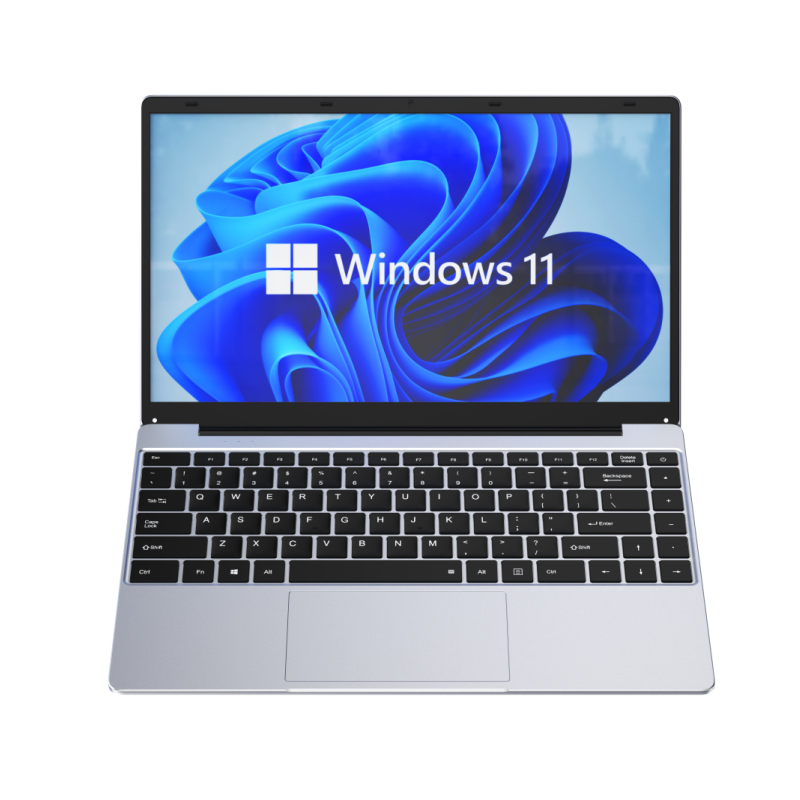 14.1 Inch Student laptops
14.1 Inch Student laptops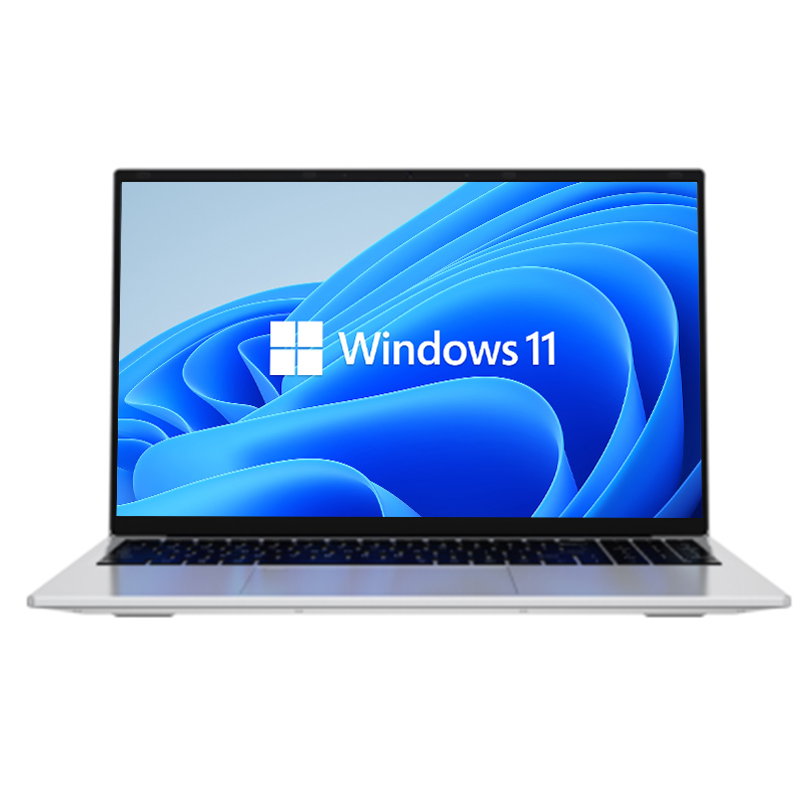 16.1 Inch Office Laptops
16.1 Inch Office Laptops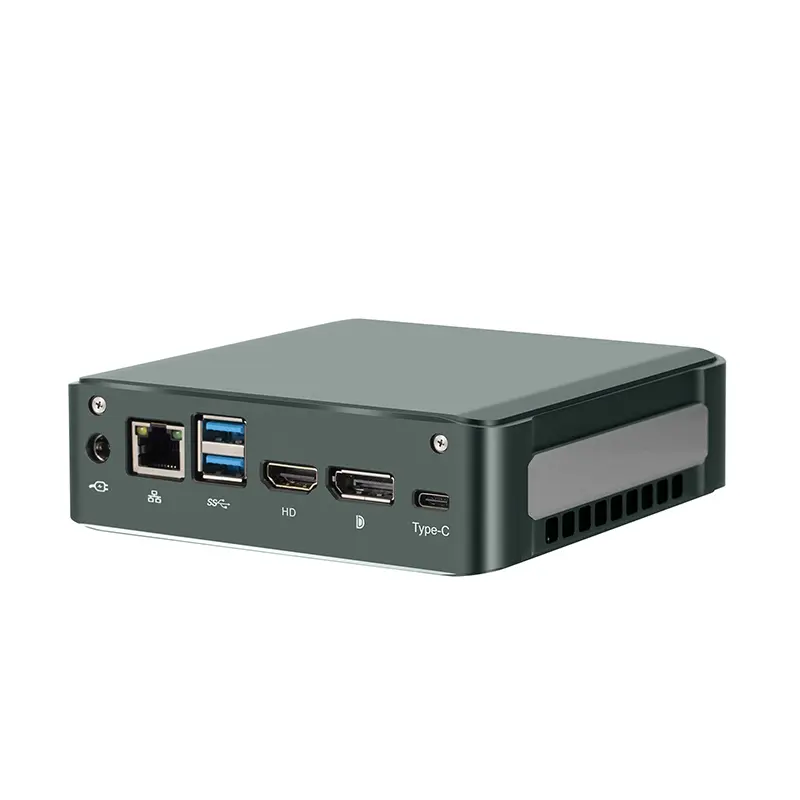 Home Mini Host
Home Mini Host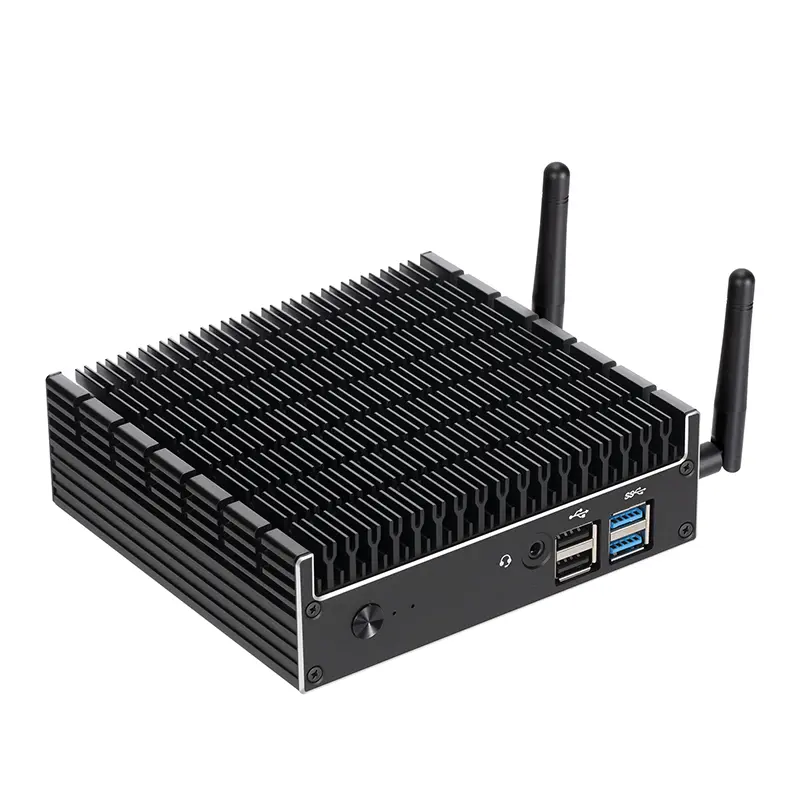 Industrial Micro PC
Industrial Micro PC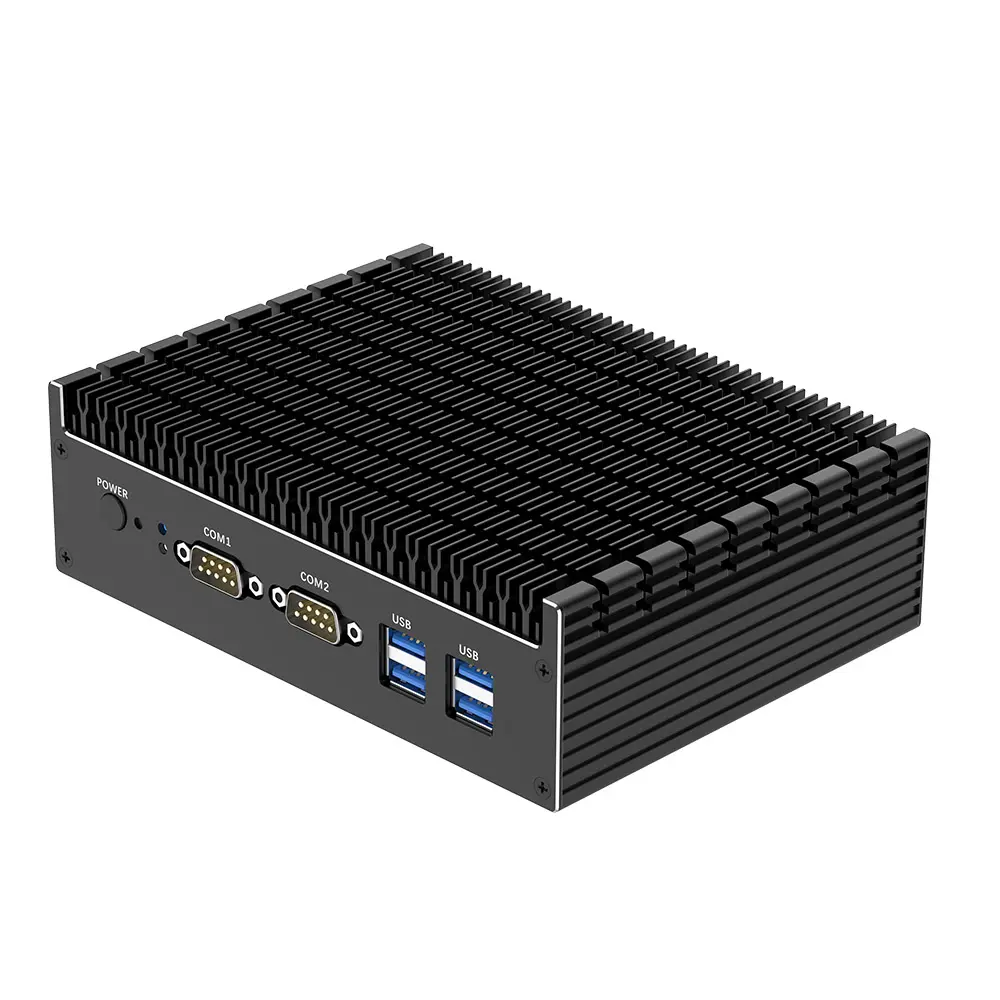 Fanless Industrial Mini PC
Fanless Industrial Mini PC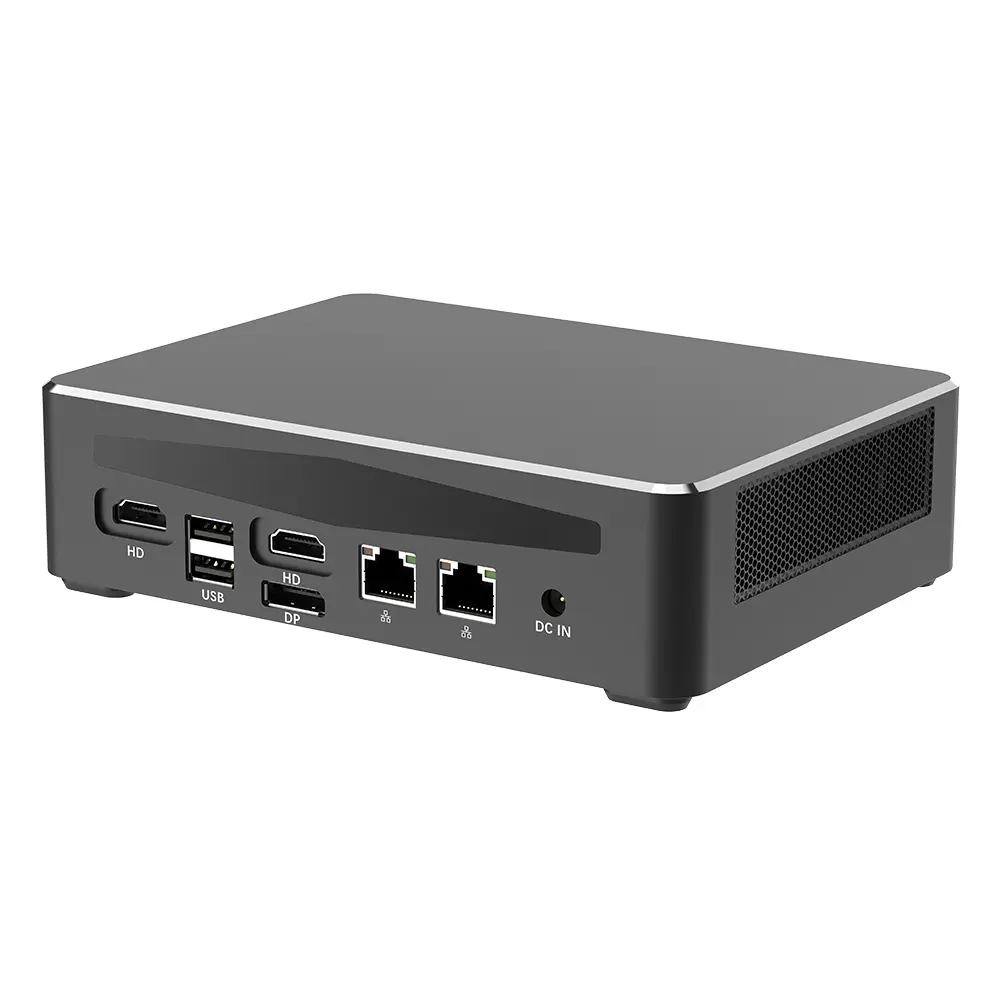 Commercial Mini PC
Commercial Mini PC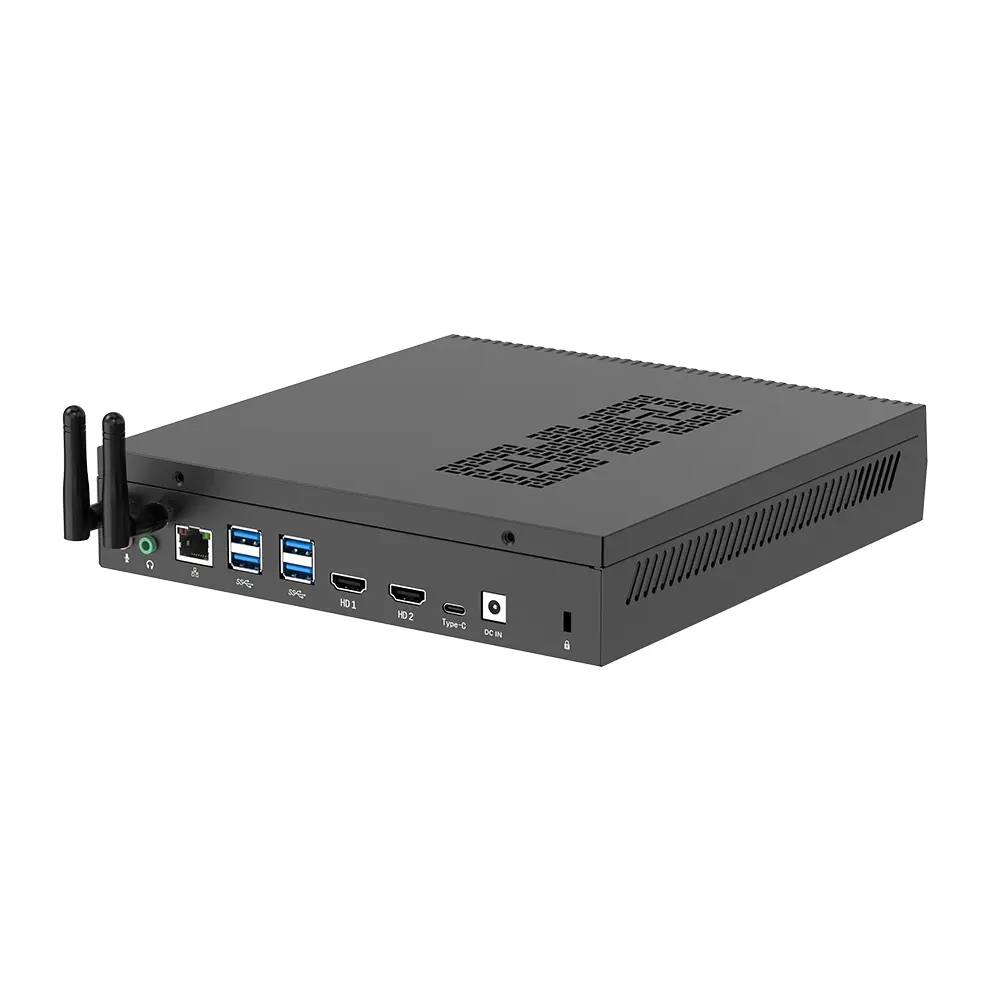 RTX3050TI Game Mini PC
RTX3050TI Game Mini PC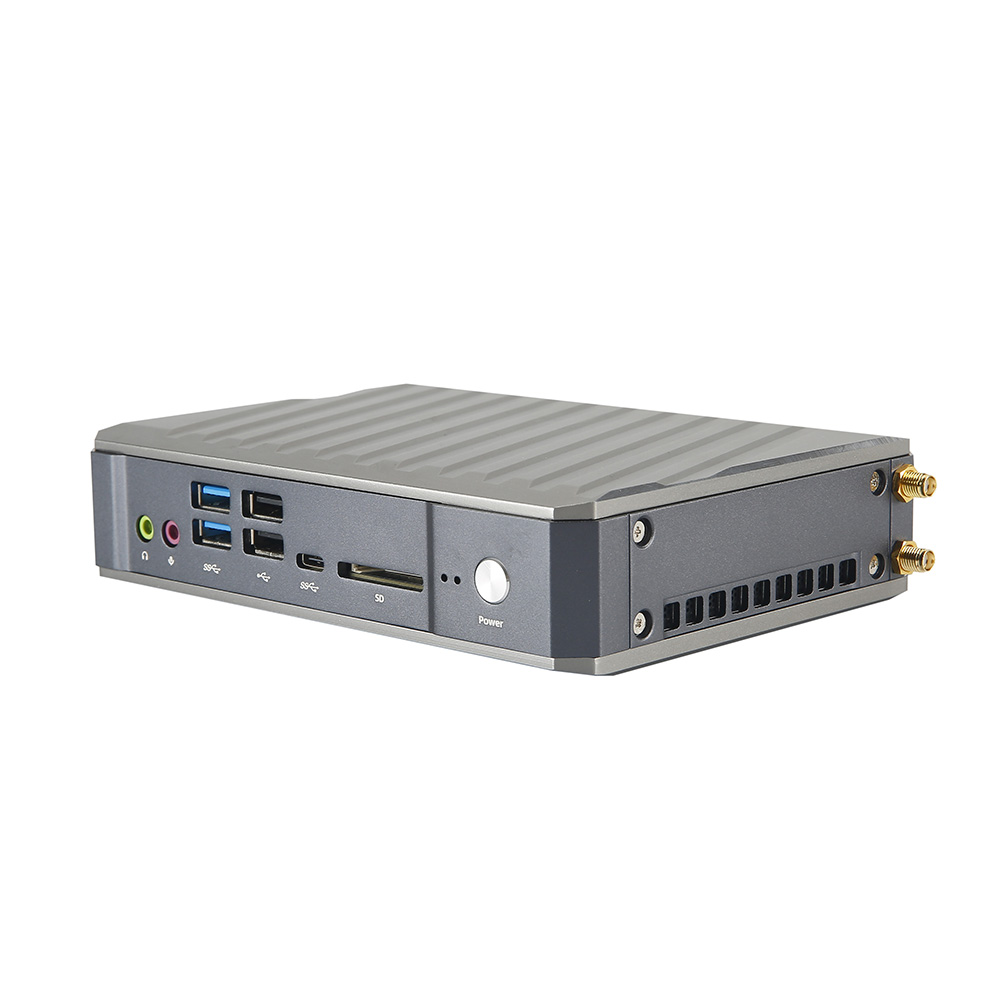 Micro Mini PC
Micro Mini PC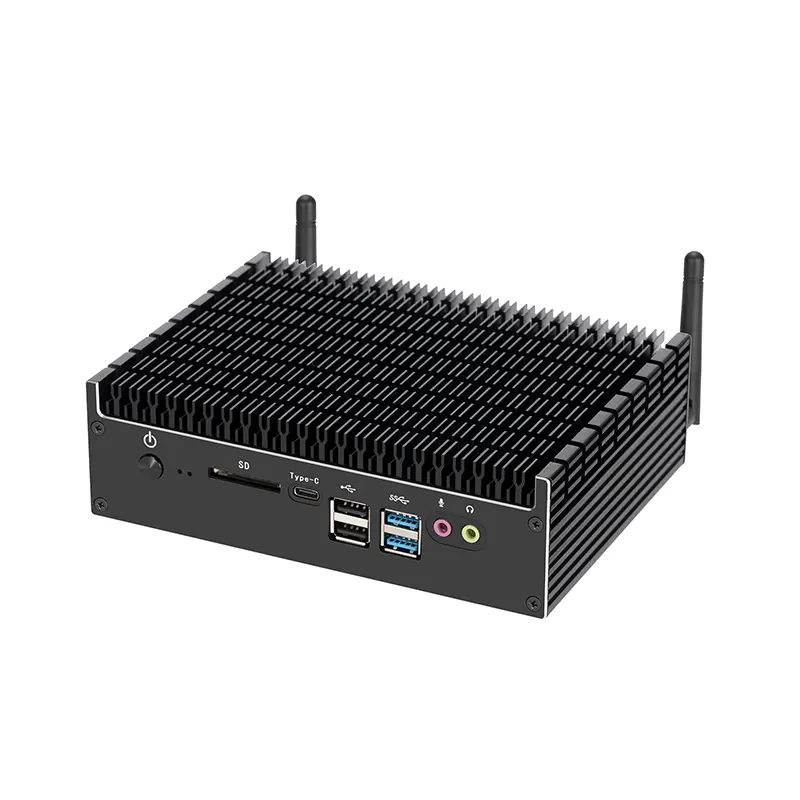 Fanless Mini PC
Fanless Mini PC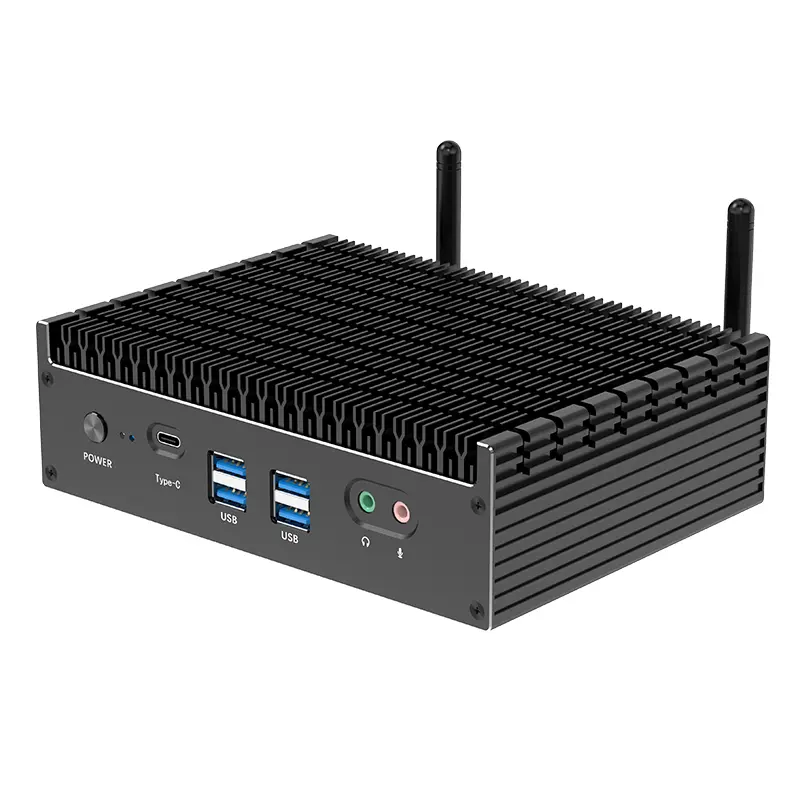 High-end Mini PC
High-end Mini PC More
More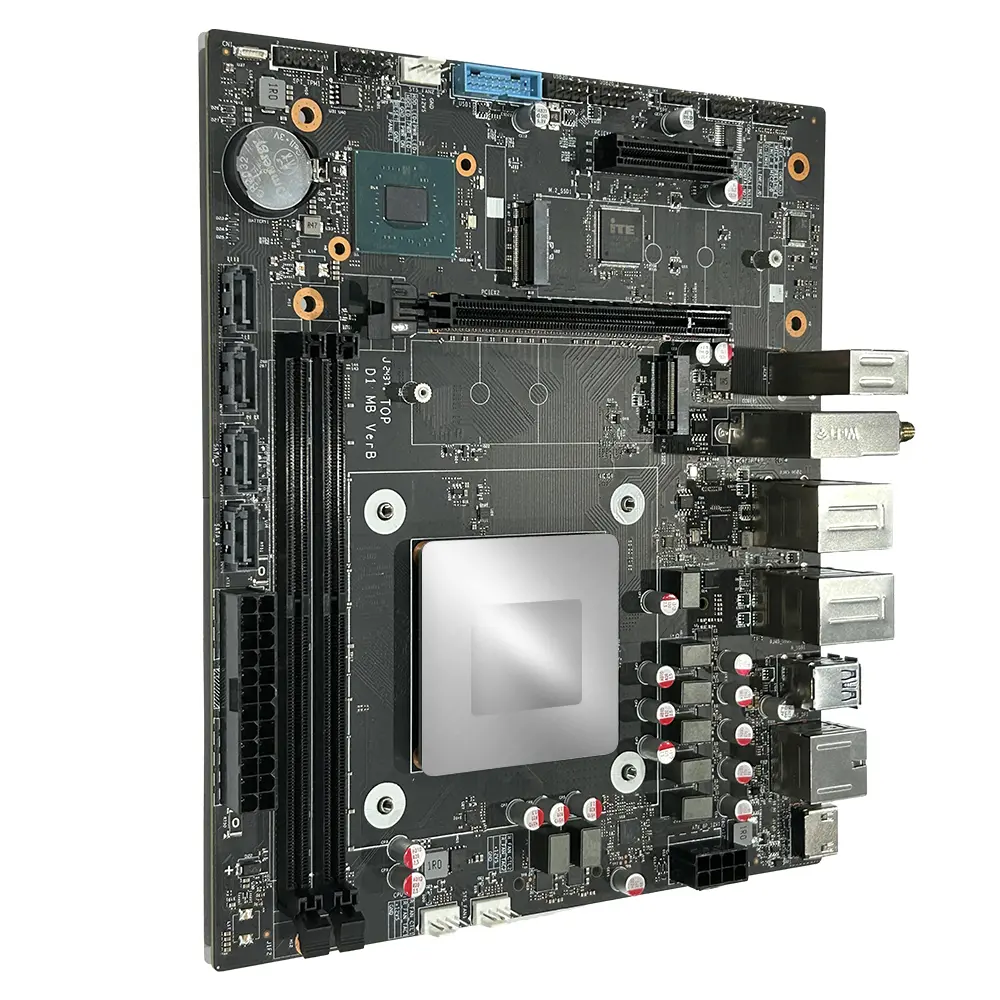 Micro ATX Computer Motherboard
Micro ATX Computer Motherboard
